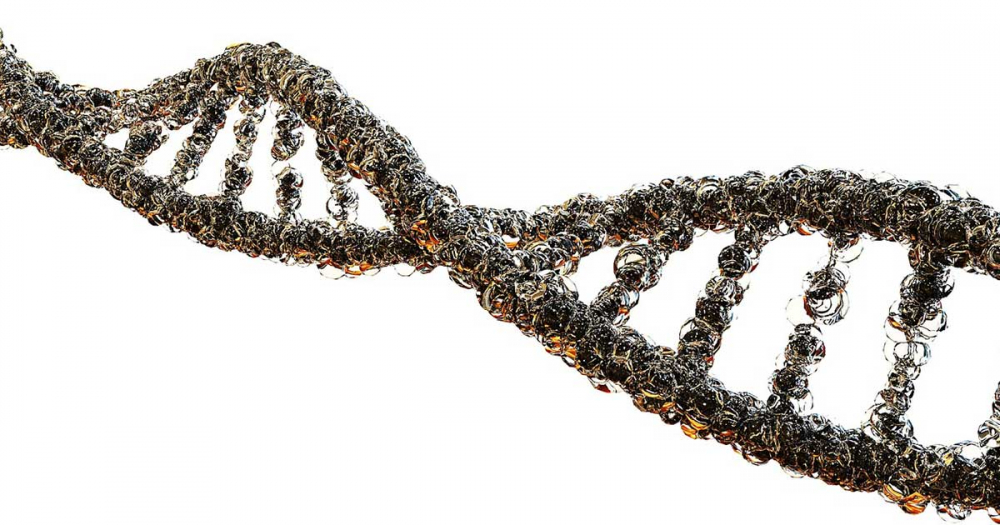1. Context & Background
In the summer of 2023, the European Commission proposed a new regulation on a certain category of genomic techniques called new genomic techniques (NGTs). According to this suggestion, the restrictions on GM products would not apply to organisms produced by NGTs, as certain NGT-based products would not be considered GMOs. This proposal could have a significant impact on the future of agriculture in the EU.
While on the 24th of January the European Parliament’s Environment Committee (ENVI) approved new rules for new genomic techniques (NGTs), and the plenary will vote in two weeks, a final decision is rather unlikely in the near future, not least because most European countries are yet to articulate an opinion on NGTs and the legislative response required. Thus, it is safe to assume that the question will still be on the table by the time Hungary takes on the Presidency of the EU Council in July 2024. As a consequence, the legal status of NGTs is an issue with the potential to become a key focus of concern during the Presidency.
2. Content
From a legislative perspective, ‘established genomic techniques’ refer to biotechnological methods inducing genetic changes that were developed before 2001. NGTs on the other hand are techniques with a similar purpose that were invented after 2001. However, this classification is somewhat arbitrary. It would be more useful to identify scientific differences between the two categories.
The basis of the difference between established genomic techniques, and NGTs, is to do with the advent and centrality of genome editing. While methods that relied on imprecise genetic modification were already available prior to 2001, the true gamechanger in the field, as well as the most important novelty of NGTs, is genome editing.
Genome editing techniques especially CRISPR-Cas9 are on their way to redefine what we know about gene modification and applied genetic sciences as a whole.
3. What are NGTs?
With its new approach described in further detail below, genome editing enables researchers to modify an organism’s genome with unprecedented precision, with or without inserting any DNA sequences from different species.
Unlike genome editing, established genomic techniques have a relatively low precision, causing mainly random mutations in random parts of the genome. In case of insertion, the location and the number of inserts is also random and unpredictable. This means, that the desirable protein product, thus the desirable quality of the GM organism is not guaranteed to be expressed, and if it is, the strength of expression varies. This issue is somewhat similar to the challenge of traditional breeding processes, where many genes and many qualities are crossed between parents and the qualities of the offspring are hard to predict. This randomness means that economically improved lines are only achieved after several trials and several generations of cross breeding in the case of established genomic techniques and traditional breeding, while unknown, possibly negative traits can still remain.
Genome editing on the other hand only modifies the DNA of an organism precisely where researchers mean to. A so-called guide RNA or guide protein sequence is used to mark the site of the DNA where the enzyme used in the reaction cuts the double strand at the desired spot. In practice, this enables the removal of a gene from or the insertion of a gene to the genome, as well as the reconstruction of the DNA strand by the cell’s own repair mechanisms. The method is based on a naturally occurring antiviral defence response found in bacteria.
As a result, economically important qualities can be modified even without inserting sequences from other species. The organism’s very own genes can be cleaved out of its genome to decrease the production of toxic or otherwise unfavourable proteins; furthermore, genes can be added in multiple copies to increase the production of naturally occurring favourable proteins. Moreover, if a DNA insert is added, its location and number of inserted copies is well known, and the expression is easy to detect. This precision results in a shorter and cheaper breeding process without the risk of creating unwanted traits.
The newly introduced qualities can be nutritional, but they can also enable the plant to better resist climate related stress, pests, or weeds, resulting in a decreased need for pesticides and herbicides. Besides their economic value, these developments would be environmentally beneficial.
This basic understanding of genome editing techniques provides the basis for identifying differences between established genomic techniques and genome editing and how these are relevant in practice and real-life application.
4. Consequence
Compared to traditional breeding methods and GM techniques of the past, NGTs are far more predictable and reliable, and thus constitute less risk, leading to fewer losses. The argument that modifying an organism’s genome by modern editing methods is unnatural does not stand, as the technique copies a process naturally present in bacteria. Genome editing enables researchers to provide farmers with crops that are safe, improved in targeted qualities, and could be a result of natural mutations. In short, NGTs are hard to oppose from a scientific point of view. Considering the legal and socio-economic aspects of the question is a task for the policy makers.
Genome editing techniques need their own legislation for a simple reason. If traditional GMO laws applied to NGTs, that would disable their production in many European countries and discourage several consumers from purchasing such products, thus hindering their nutritional, climate related, and environmental advantages from becoming a reality.
Consequently, NGT legislation could be one of the priorities of discussion during the Hungarian EU Presidency, and all member states could be required to form a view on the issue based on scientific evidence and socio-economic interests.




